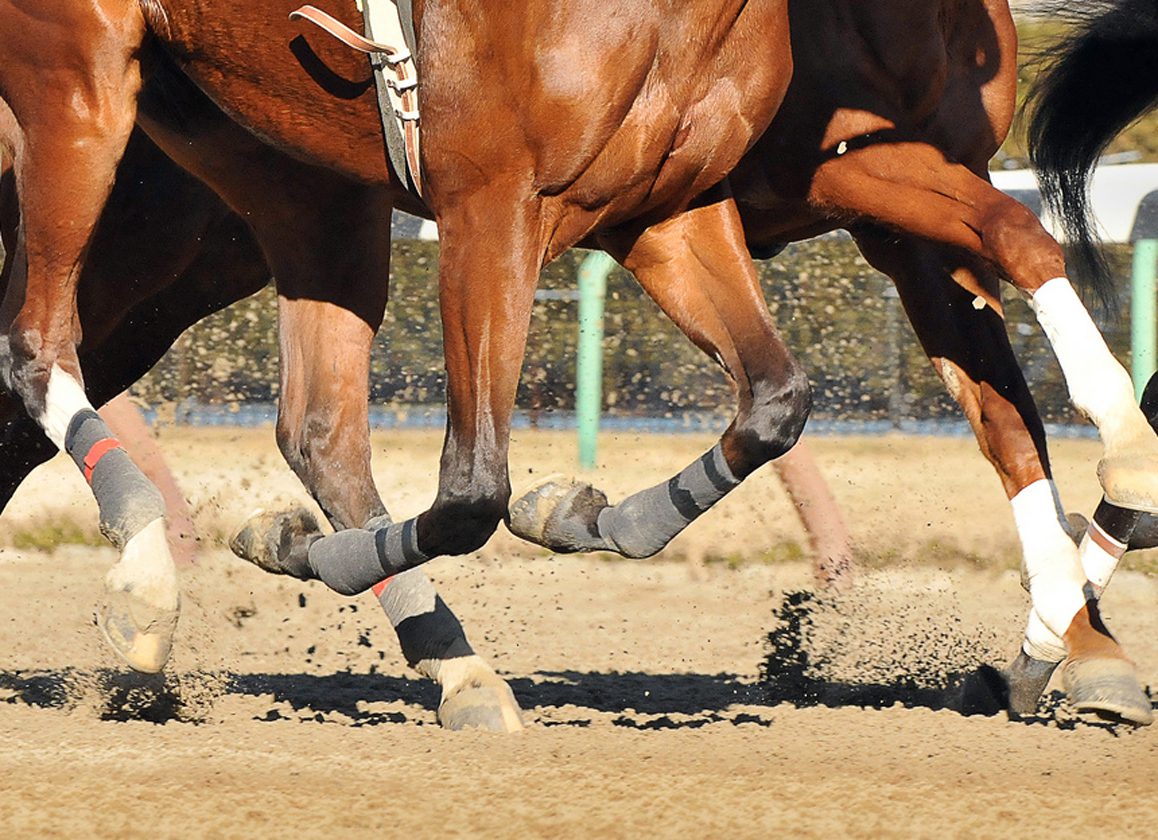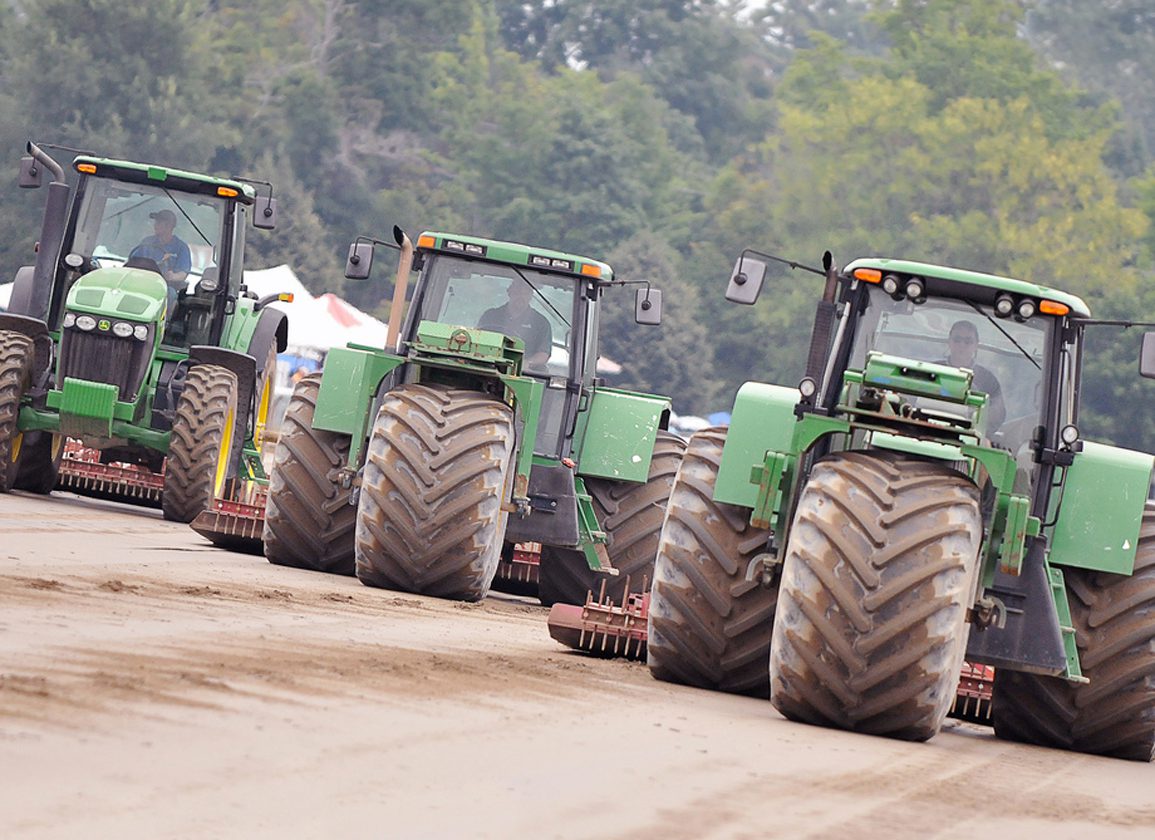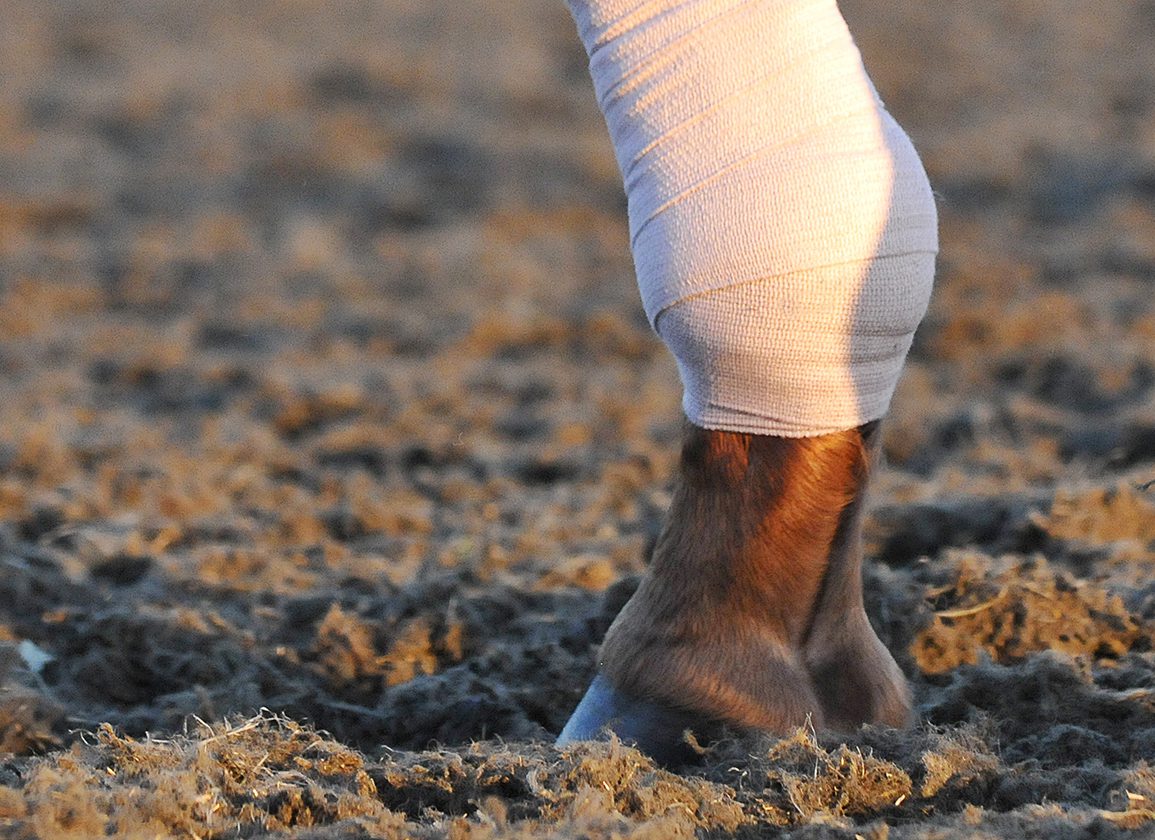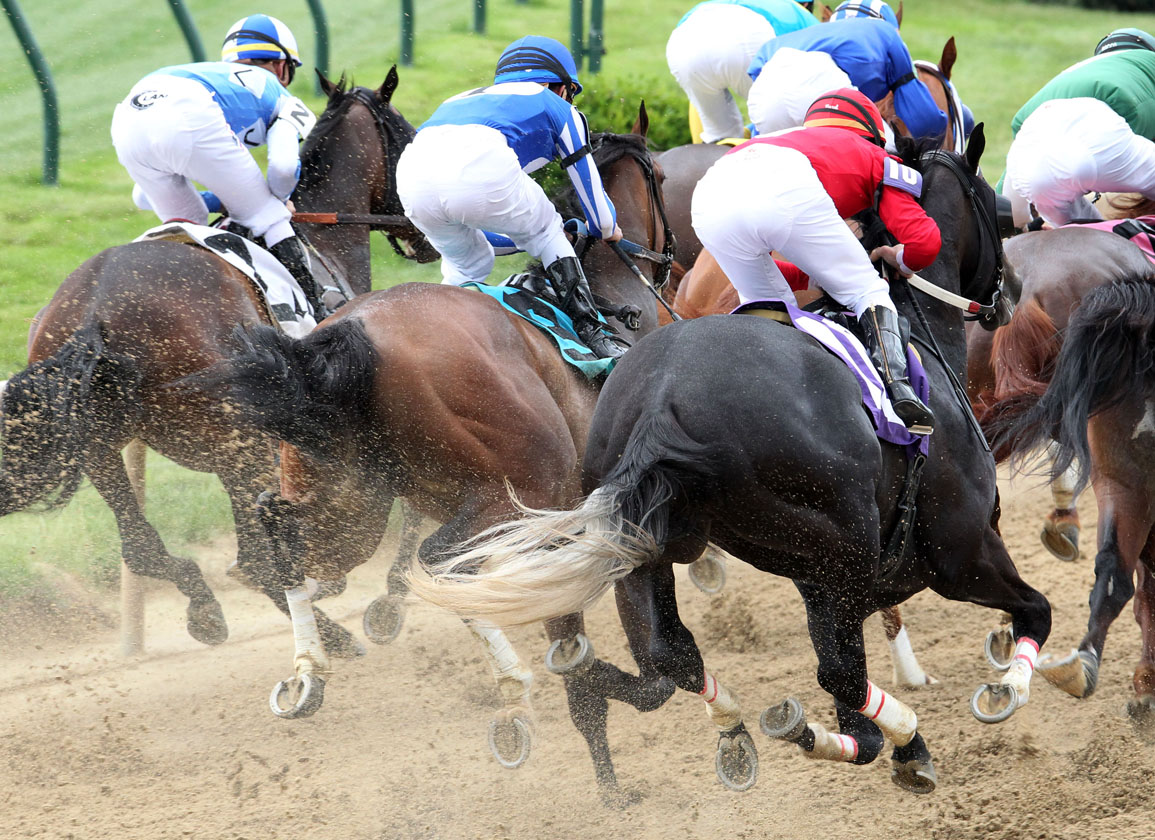According to the Equine Injury Database, released Monday, there were 1.41 fatalities per 1,000 starters at North American racetracks in 2020, the lowest number recorded since The Jockey Club began compiling injury rates in 2009. The number of fatal injuries declined by 7.8% from 2019 and 29.5% overall since 2009, when the rate was 2.0 per 1,000 starters. "Overall, there was an 8% decrease in the risk of fatal injury from 2019 to 2020," said Dr. Tim Parkin, a veterinary epidemiologist. "Since 2009, risk has declined by 29.5% or equivalent...

















